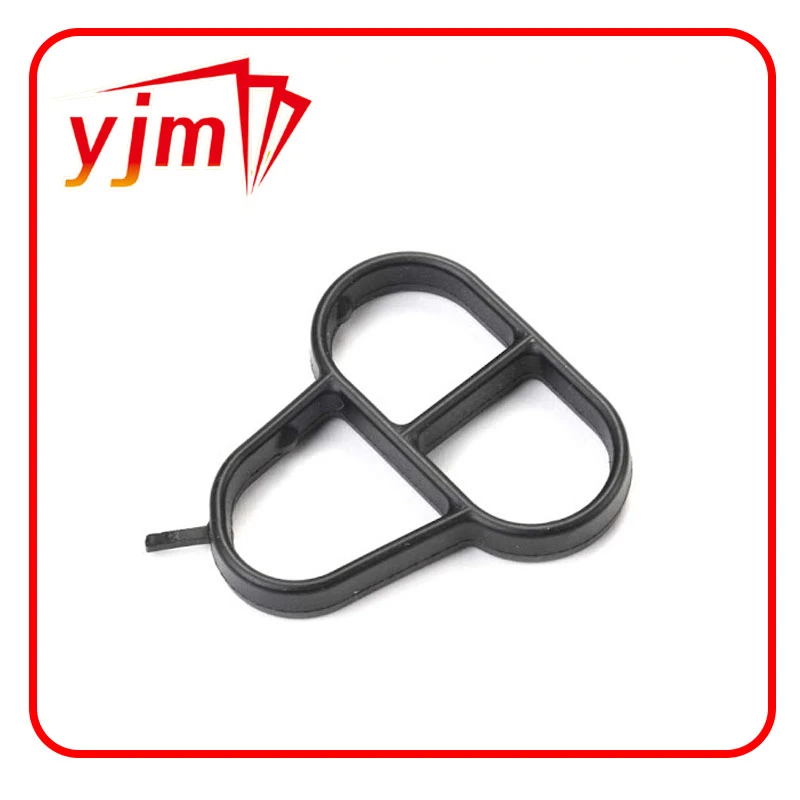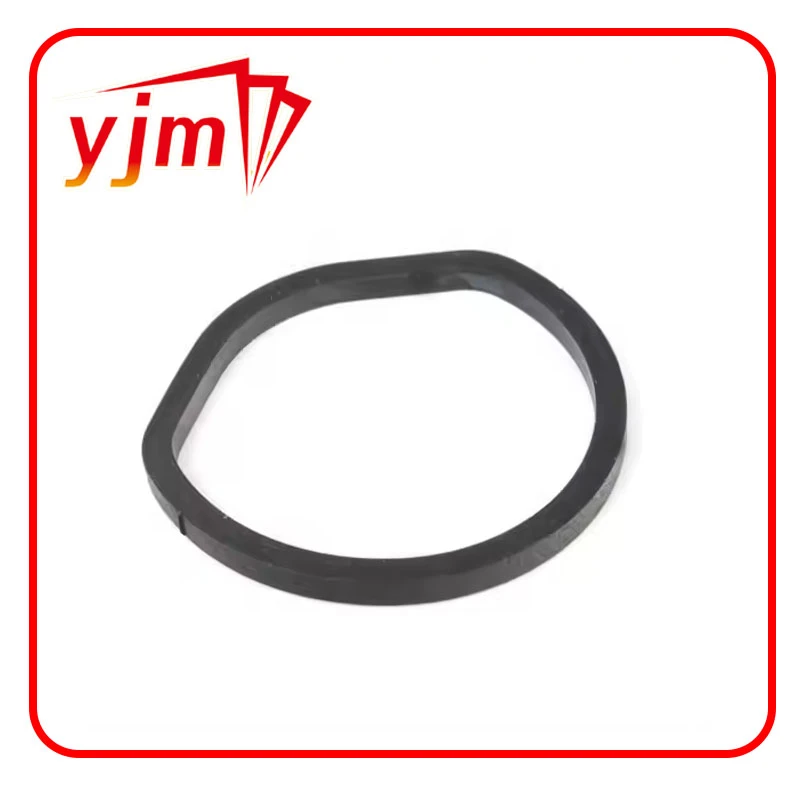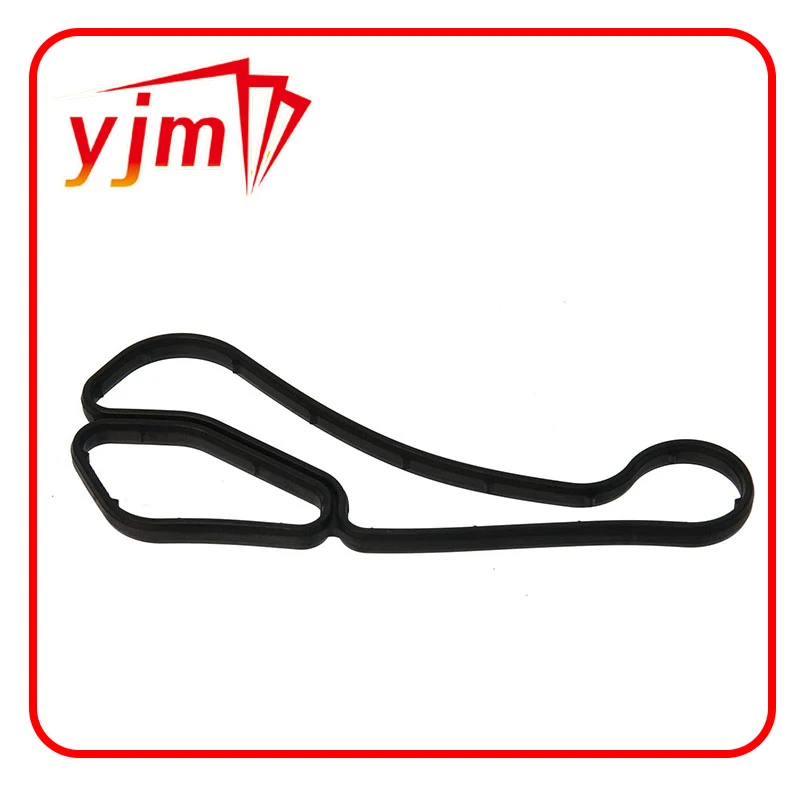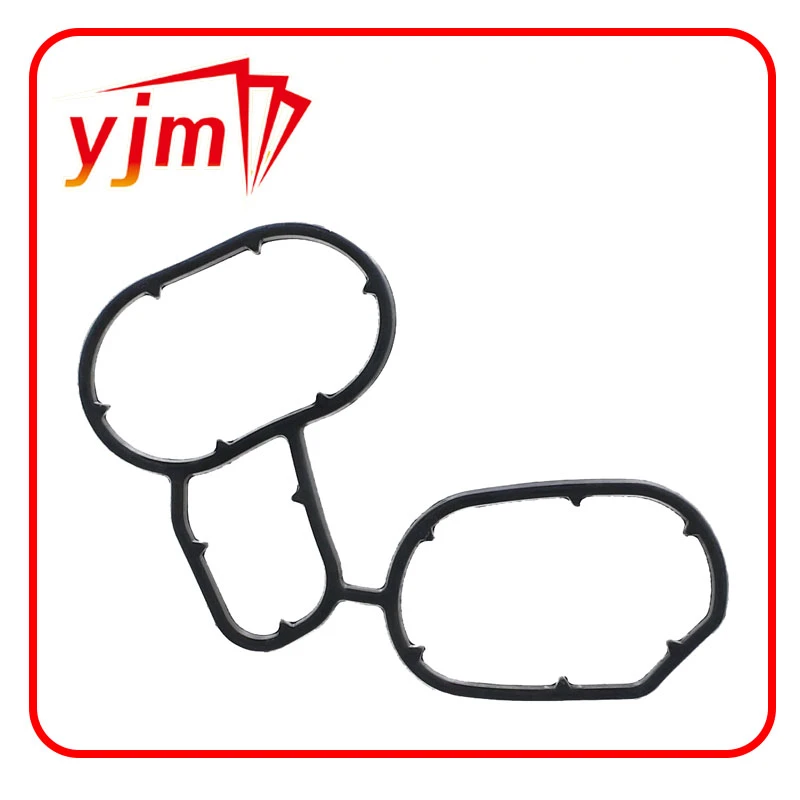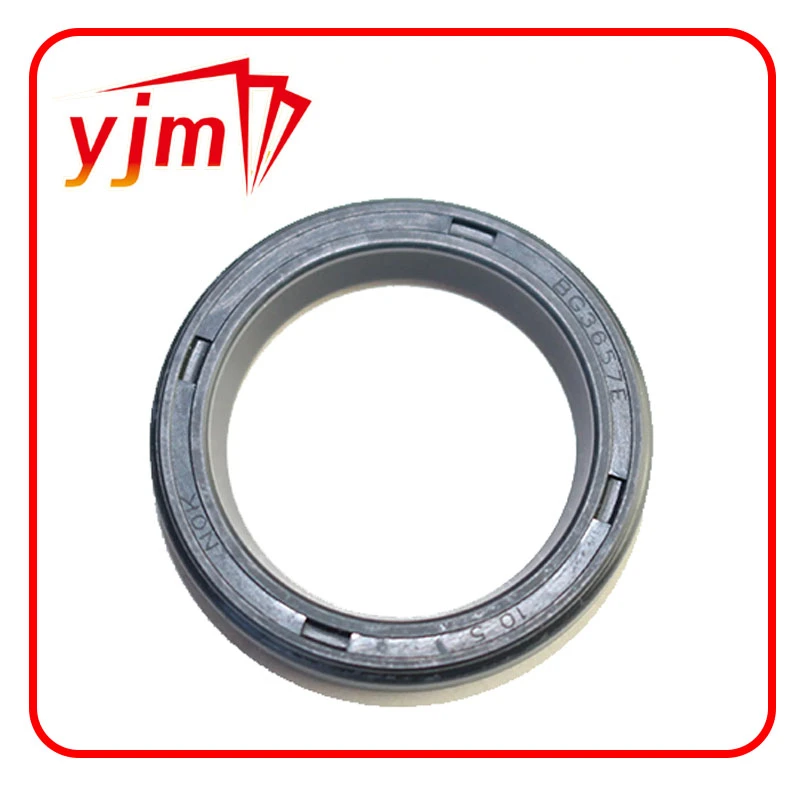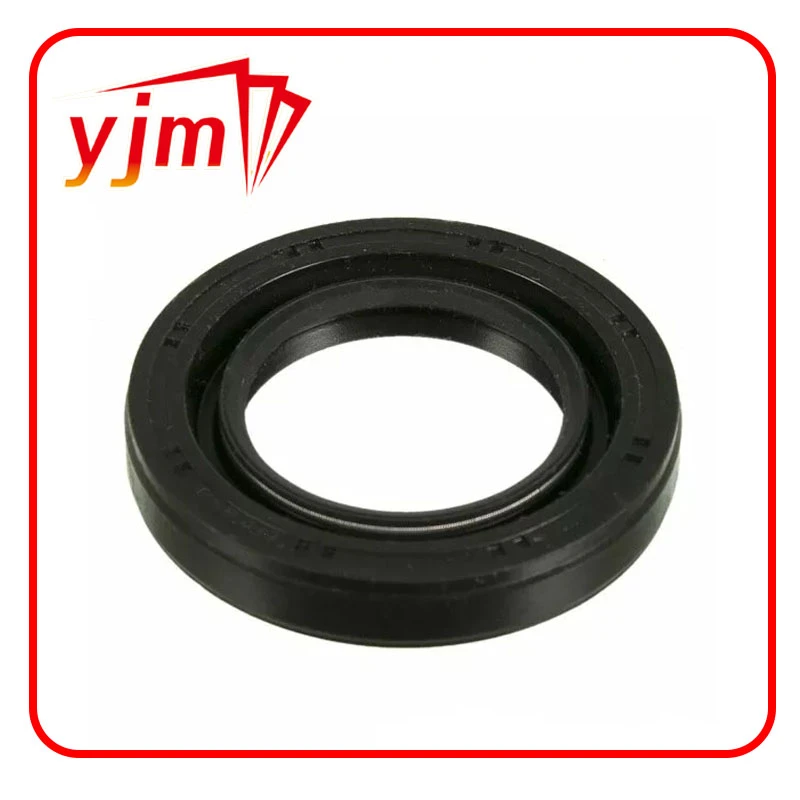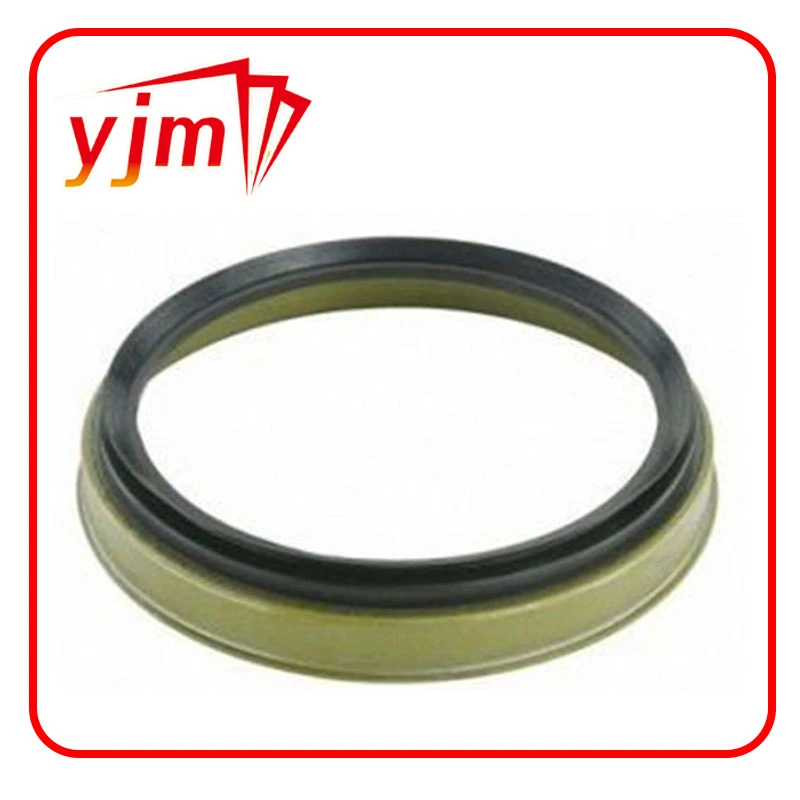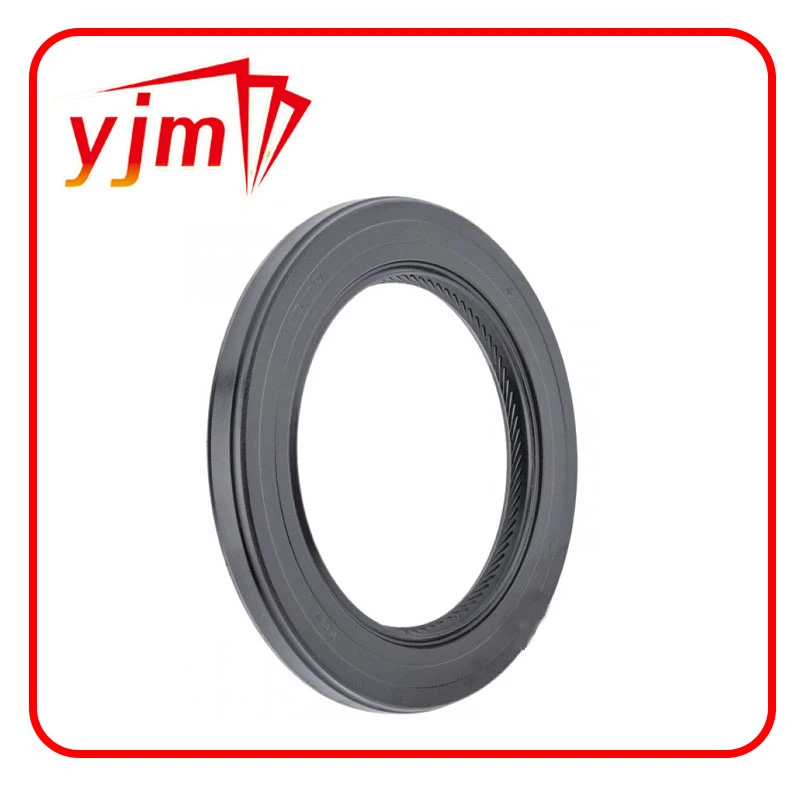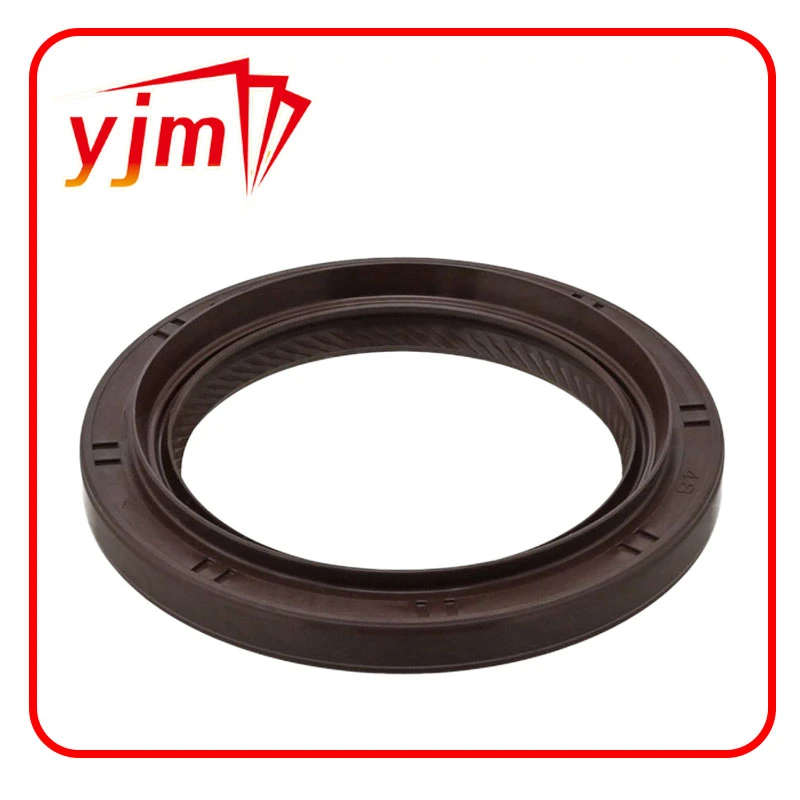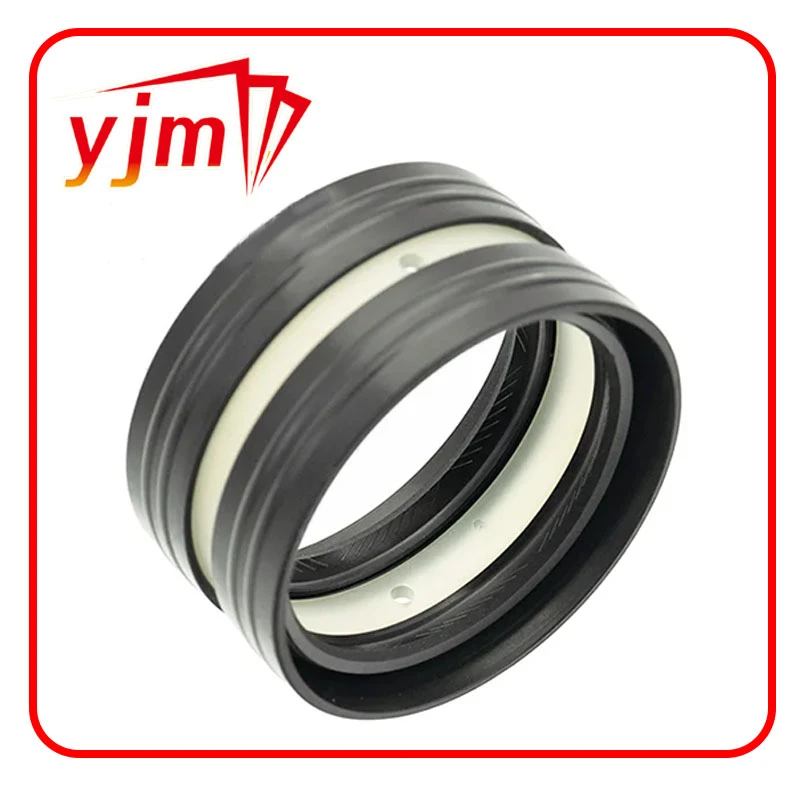Mastering the Oil Seal: A Complete Guide to Engine Oil Pan Gaskets and Components
When it comes to engine maintenance, few components are as essential—yet often ignored—as the engine oil pan gasket. This crucial seal prevents engine oil from leaking out of the oil pan, ensuring your engine remains well-lubricated and protected. Whether you're repairing a leak or upgrading your system, understanding the different types of oil pan and gasket setups, materials, and accessories like rubber oil pan plugs can make a big difference in your car’s longevity and performance.
In this guide, we’ll explore how the engine oil pan gasket works, what types are available (including specific models like the LS1 sump gasket), and how to choose the right oil pan gasket material for your vehicle.
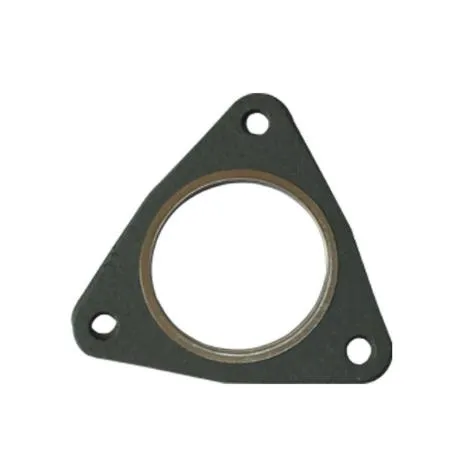
Understanding the Engine Oil Pan Gasket and Its Role
The engine oil pan gasket sits between the oil pan and the engine block. Its job is to form a tight seal that keeps oil inside the pan while the engine runs. Because the oil pan is mounted on the bottom of the engine, it’s constantly exposed to heat, pressure, and road debris, all of which can cause the gasket to degrade over time.
Symptoms of a Failing Engine Oil Pan Gasket:
Oil spots or puddles under the car
A burning oil smell from beneath the vehicle
Low oil levels without obvious engine problems
Smoke from under the hood (oil dripping on exhaust parts)
Failing to replace a worn gasket can lead to oil leaks, low oil pressure, engine overheating, and eventually severe engine damage.
Matching the Right Oil Pan and Gasket Setup
When repairing or upgrading your oil system, selecting the correct oil pan and gasket combo is critical. Whether you're driving a daily commuter or a high-performance vehicle, each setup has specific requirements.
Types of Gaskets:
Cork: Common in older vehicles. Inexpensive but can dry out and crack over time.
Rubber: Flexible and reusable; a popular choice for modern cars.
Silicone: Often used as gasket maker rather than a traditional gasket. Good for custom applications.
Metal-reinforced rubber: A premium option offering excellent sealing and durability.
Your vehicle's oil pan design determines what oil pan gasket material will provide the best fit and longevity. For example, aluminum oil pans often require a different gasket type than stamped steel ones.
Always refer to your vehicle’s service manual when purchasing a replacement oil pan and gasket to ensure compatibility.
High-Performance Option: The LS1 Sump Gasket
Performance engines like the LS-series from GM have special requirements. The LS1 sump gasket is designed specifically for the LS1’s deep, rear-sump oil pan. Unlike standard gaskets, this one must handle high oil flow and intense engine temperatures without failure.
Why the LS1 Sump Gasket Matters:
Built to endure racing and high-RPM stress
Designed to seal large oil sumps used in LS1 engines
Usually made from premium materials like steel-core rubber
If you're building or maintaining a high-performance LS1 engine, using the correct LS1 sump gasket ensures you won’t suffer oil pressure loss at high speeds or under extreme loads.
Convenience and Prevention: The Rubber Oil Pan Plug
In some cases, the drain plug can also be a source of leaks. This is where a rubber oil pan plug can come in handy—especially if your original metal drain plug or threads have been stripped.
Benefits of a Rubber Oil Pan Plug:
Temporary fix for stripped oil pan threads
Easy to install without tools
Expands to form a tight, leak-proof seal
Although not a long-term replacement for a properly threaded drain plug, a rubber oil pan plug can get you out of a bind and prevent oil loss until a permanent repair is possible.
Choosing the Right Oil Pan Gasket Material
Selecting the best oil pan gasket material is essential for ensuring a proper seal and avoiding future oil leaks. The choice depends on your vehicle’s make, how it’s driven, and the type of oil pan installed.
Common Oil Pan Gasket Material Options:
Rubber: Great all-around choice; resists oil and conforms to uneven surfaces.
Cork-rubber blend: Traditional material used in older cars; moderately flexible but less durable over time.
Silicone RTV (Room Temperature Vulcanizing): Ideal for custom applications or when no traditional gasket is available.
Metal-reinforced rubber (Molded): Best for performance or heavy-duty use. Provides a precision fit with added durability.
High-end gasket materials often come with integrated seal beads or metal cores that improve long-term reliability. They may cost a bit more but offer excellent performance, especially in high-heat or high-pressure environments.
Final Tips for Installation and Maintenance
Proper installation is just as important as selecting the right gasket. Here’s how to ensure your engine oil pan gasket holds up:
Clean Both Surfaces Thoroughly – Any oil, old gasket residue, or debris can compromise the seal.
Apply Sealant if Needed – Some gaskets require a bead of RTV in specific areas; others are installed dry.
Tighten Bolts in Sequence – Use a torque wrench to avoid over-tightening, which can warp the oil pan or damage the gasket.
Replace the Drain Plug Gasket Too – Don’t forget to replace or inspect the rubber oil pan plug or crush washer.
With proper care and the right materials, your oil pan system will stay sealed and leak-free for tens of thousands of miles.
The health of your engine heavily depends on a well-maintained oil sealing system. From the basic engine oil pan gasket to specialized components like the LS1 sump gasket and even backup solutions like the rubber oil pan plug, every part plays a vital role in preventing leaks and ensuring smooth operation.
Choosing the right oil pan gasket material, installing it correctly, and maintaining related components will not only protect your engine but also extend the lifespan of your vehicle. Whether you're a DIY mechanic or a performance enthusiast, understanding your oil pan and gasket setup is an essential part of automotive care.
-
Seal 12x20x5: Precision Radial Shaft Seals for Industrial Reliability
Նորություններ Nov.24,2025
-
Seal 12x18x5: Essential Guide to Specifications, Applications & Vendors
Նորություններ Nov.24,2025
-
Understanding Seal 12 20 5: Applications, Specifications & Industry Insights
Նորություններ Nov.23,2025
-
Durable Oil Seal 85x110x12 – Reliable Sealing Solutions for Industry
Նորություններ Nov.23,2025
-
Durable and Precise Oil Seal 75x95x10 for Efficient Machinery | YJM Seal
Նորություններ Nov.22,2025
-
Durable Oil Seal 75x100x10 for Reliable Industrial Performance | YJM Seal
Նորություններ Nov.22,2025
-
High-Quality Oil Seal 65x90x10 | Durable & Reliable Sealing Solutions
Նորություններ Nov.22,2025
Ապրանքների կատեգորիաներ

